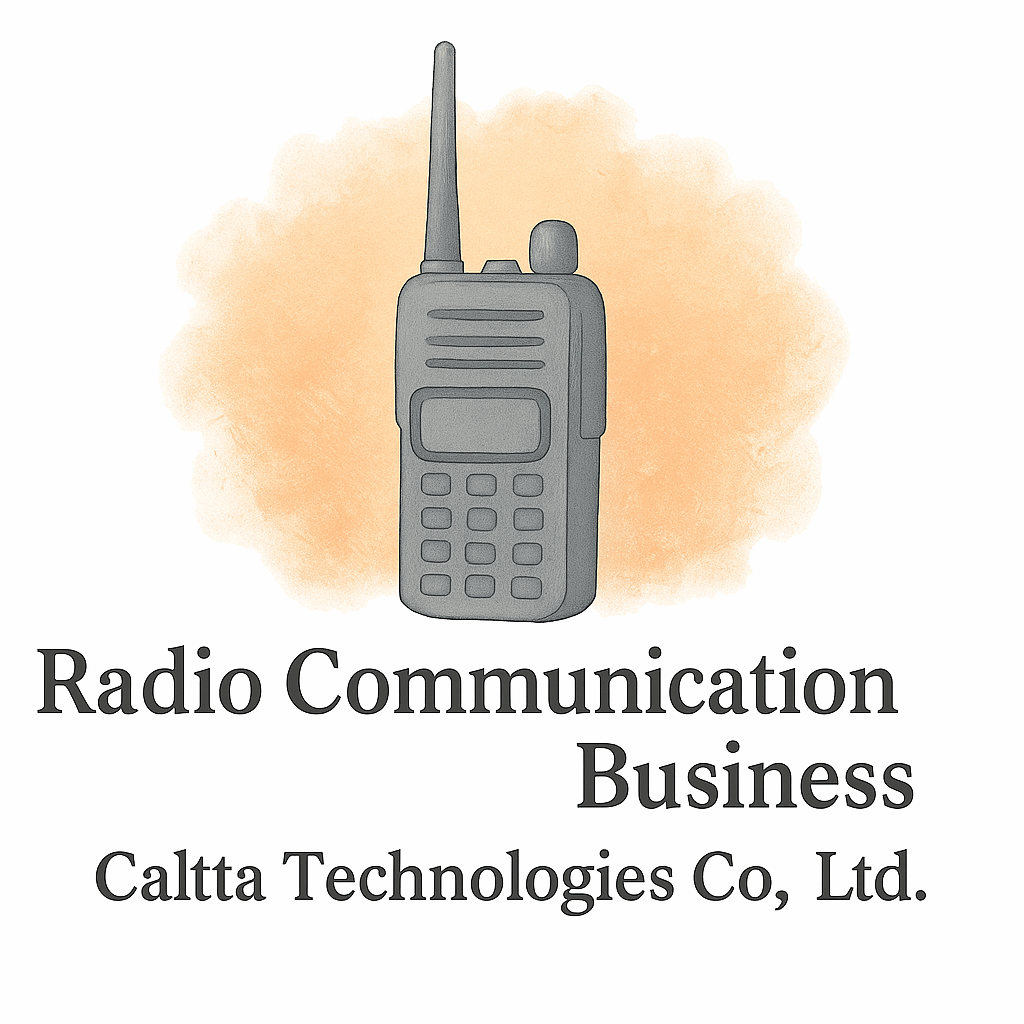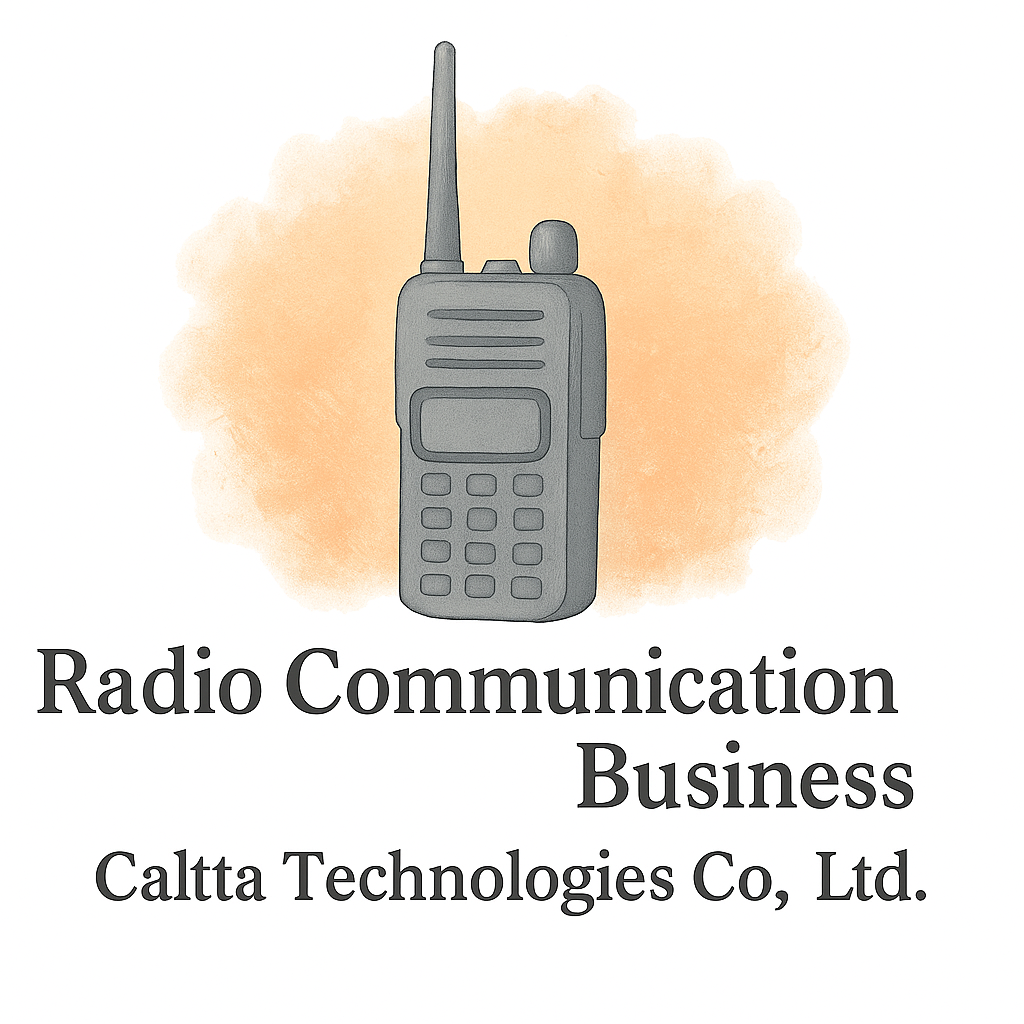Introduction: Why Radio Communication Matters in Emergencies
When chaos strikes, communication can mean the difference between life and death. From natural disasters to large-scale accidents, staying connected ensures first responders and civilians can make quick, informed decisions. While smartphones and internet tools dominate modern life, radio communication remains a vital lifeline in emergencies because of its reliability, speed, and resilience.
The Reliability of Radio Communication When Everything Else Fails
Power Outages and Network Failures
During hurricanes, earthquakes, or city-wide blackouts, power grids and mobile networks often collapse. Radios, however, can operate on batteries or portable generators, ensuring a communication channel stays open.
Dependence on Minimal Infrastructure
Unlike cell phones, radios don’t need towers, internet, or advanced infrastructure. That independence makes them indispensable when systems fail, and quick action is required.
Way 1: Radio Communication Provides Instant Connectivity
One-to-Many Messaging Advantage
Radios let one message reach dozens or even hundreds of people instantly. This one-to-many feature is critical when time-sensitive alerts must be shared quickly.
Faster Response During Critical Seconds
Emergencies don’t allow for dropped calls or waiting on hold. Radio systems deliver messages instantly, giving responders the ability to act in seconds rather than minutes.
Way 2: Radios Support Coordination Between Emergency Teams
Police, Fire, and Medical Units Working Together
Imagine a building fire: firefighters must know when medical teams are ready, while police must block roads. Radios make it possible for all units to work seamlessly together.
Military and Disaster Response Collaboration
From floods to wartime evacuations, radio communication allows military, government, and international aid organizations to collaborate without delays.
Way 3: Radios Work in Remote and Rural Areas
Overcoming Gaps Where Cell Towers Don’t Exist
Not all emergencies happen in cities. Hikers lost in the wilderness or miners underground benefit from radios since these devices don’t rely on cell towers.
Field Operations in Natural Disaster Zones
After tsunamis or earthquakes, roads and towers may be gone. Radios still connect search-and-rescue teams to command centers, helping save lives.

Way 4: Radios Enhance Public Safety Awareness
Broadcasting Warnings and Evacuation Orders
Government agencies use radio to broadcast evacuation orders, flood alerts, and wildfire updates. Unlike social media, radios don’t depend on internet connections.
Community Preparedness Through Radio Networks
Neighborhoods and businesses with radio networks are better prepared to respond together. Radio drills create a culture of readiness.
Way 5: Radios Provide Secure and Resilient Communication
Encryption and Private Channels
Modern radios allow encrypted messages that prevent interference or interception. This keeps critical information secure.
Reducing Misinformation and Panic
During emergencies, rumors spread fast. Radio provides clear, official communication, reducing confusion and panic.
Modern Technology and Radio Communication Advancements
Digital Radios and GPS Integration
Today’s digital radios integrate GPS, allowing teams to track each other’s location in real time, enhancing rescue efficiency.
Radio Communication Equipment and Technology
For businesses preparing for emergencies, exploring the latest equipment and technology ensures they stay resilient.
Radio Communication in Business and Emergency Preparedness
Business Continuity Planning
Companies should include radios in their financial planning and continuity strategies to avoid downtime in emergencies.
Corporate Emergency Protocols
Organizations can use radio systems to communicate with staff, ensuring everyone knows safety procedures. Learn more with business startup basics to set up resilient operations.
Lessons Learned from Real-Life Emergency Case Studies
Hurricanes and Wildfires
Emergency responders used radio systems to coordinate rescues and evacuation routes during Hurricane Katrina and California wildfires.
Earthquakes and Urban Disasters
In urban earthquakes, where mobile networks crash, radios enabled fire departments and medical teams to save lives.
Challenges and Limitations of Radio Communication
Training and Compliance Regulations
Using radios effectively requires training and awareness of compliance and licensing regulations.
Cost and Equipment Maintenance
Organizations must budget wisely. Affordable radios are available, but cost-saving strategies should balance quality and expense.
Tips for Choosing the Right Radio Communication Tools
Budget-Friendly Options
Small businesses can explore budget options without sacrificing reliability.
Professional-Grade Equipment
For industries requiring robust systems, advanced tools tagged under equipment provide long-term durability.
The Future of Emergency Radio Communication
Integration with Social Media Alerts
Future radio systems may sync with social media platforms to amplify emergency warnings.
AI and Smart Radio Systems
Artificial intelligence may soon filter and prioritize emergency radio communication, making responses even more efficient.
Conclusion
When disaster strikes, radio communication is the unshakable bridge that keeps people connected. It works when cell phones fail, ensures instant coordination, reaches remote areas, enhances public safety, and provides secure, reliable channels. From businesses planning continuity to emergency services saving lives, radios remain an essential survival tool.
If you want to explore more about emergency readiness, check out Caltta International for insights into industry trends, tools, and strategies to strengthen both personal and business resilience.
FAQs
1. Why is radio communication better than cell phones in emergencies?
Because radios don’t rely on towers or internet, they stay functional during outages and disasters.
2. Can businesses benefit from radio communication?
Yes, radios are part of effective business setup and emergency protocols.
3. Are radios expensive to maintain?
Not necessarily. With cost-saving hacks and planning, organizations can manage expenses.
4. Do radios require legal permissions?
Some types of radios need licenses depending on law and regulation requirements in each country.
5. How do radios support community safety?
They provide official evacuation alerts and reduce misinformation during crises.
6. Are radios still relevant with modern technology?
Absolutely. With tech advancements like GPS and digital integration, radios are more powerful than ever.
7. What industries use radios the most?
Emergency services, logistics, construction, and events rely heavily on radio communication systems.


